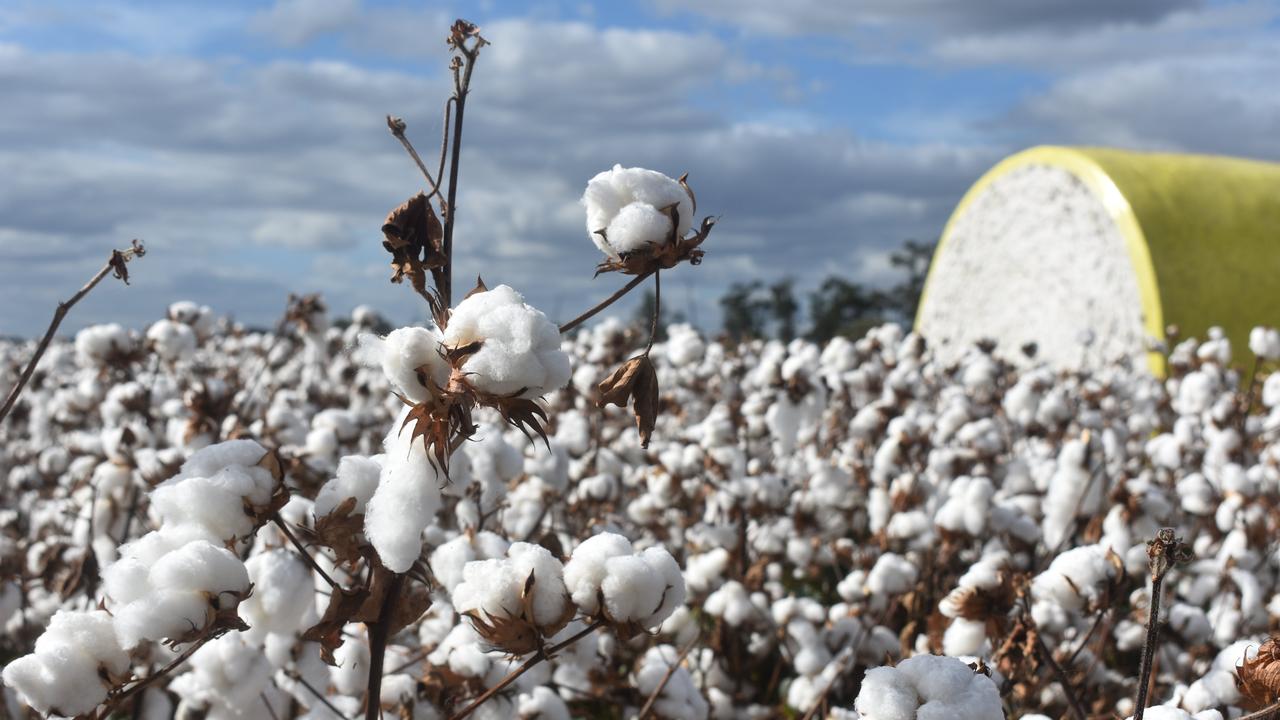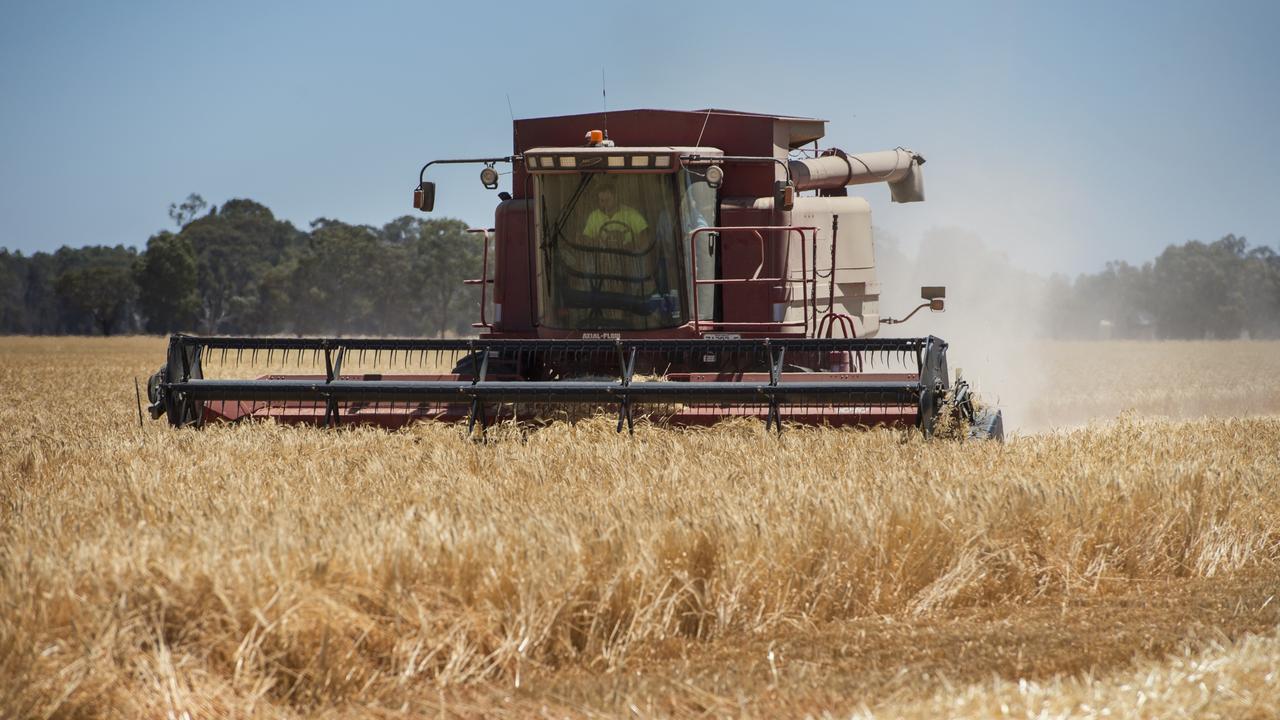Growers scale back production in face of low prices, storage issues
The wet season has created a dream season and paddock feed is abundant. But there are some early signs of problems that buyers and sellers should be aware of as outlined this week.

IT’S tough to sell hay in this buyer’s market and hay trucks on the roads of southeastern Australia are rare, for a change.
Signs of a low-priced hay season have been evident for some months as demand dwindled after the drought-breaking rain in the northern states.
The attitude of fodder producers has been either “why invest in hay and silage when I have a shed full already and more grass under foot” or “I need to maximise production and fodder reserves are always a good hedge against drought”.
According to each operation, either can be correct, but the overwhelming trend this season has been the lower area cut for hay and silage.
Silage contractors in northern Victoria and the Riverina are reporting a 30 per cent reduction in the area of maize planted for silage than earlier indicated. Temporary irrigation water prices continue to trend lower and are trading at prices $600 to $700 a megalitre lower than this time last year.
Producers estimate that the production costs of maize silage is $220 a tonne dry matter ensiled on the farm of production. But as some dairy farmers have confidence that they will be easily able to secure hay this season, the area planted to maize silage has declined.
Production challenges and low prices have already halved the area of vetch cut for hay compared with normal years.
This trend is also showing up between Ararat and Portland where fodder contractors report one of the lowest areas cut for hay in many years.
Pasture hay yields are expected to be five to six tonnes a hectare and hay is curing quickly on dry paddocks despite some recent rainfall, but production is expected to be well below average.
Some commodity traders claim the best cure for low prices is low prices, which can be applied to this hay market. Producers are responding to the price signals and lowering production to match their immediate needs. When demand hits, the true state of fodder production may see stocks tighten.
Already large areas of southeastern Queensland and northeastern NSW are showing signs of dry weather. Despite the forecasts for a wetter than average summer, these areas have seen decline in rainfall for the three spring months.
Apart from hay supply and price issues, some early signs of storage challenges are appearing.
A month after baling, two separate haystacks caught fire spontaneously on a property north of Barham. Some growers have kept moist bales in paddocks until they believe the bales can be safely stacked. Also, other growers have removed hay from sheds after they noticed a tobacco-type smell, a characteristic of heating hay that is at risk of fire.
Growers are advised to regularly test temperature in bales with gauges or steel rods, especially in the first 10 weeks after baling.
MORE
THE BIG WET LEAVES LITTLE QUALITY IN ITS WAKE


